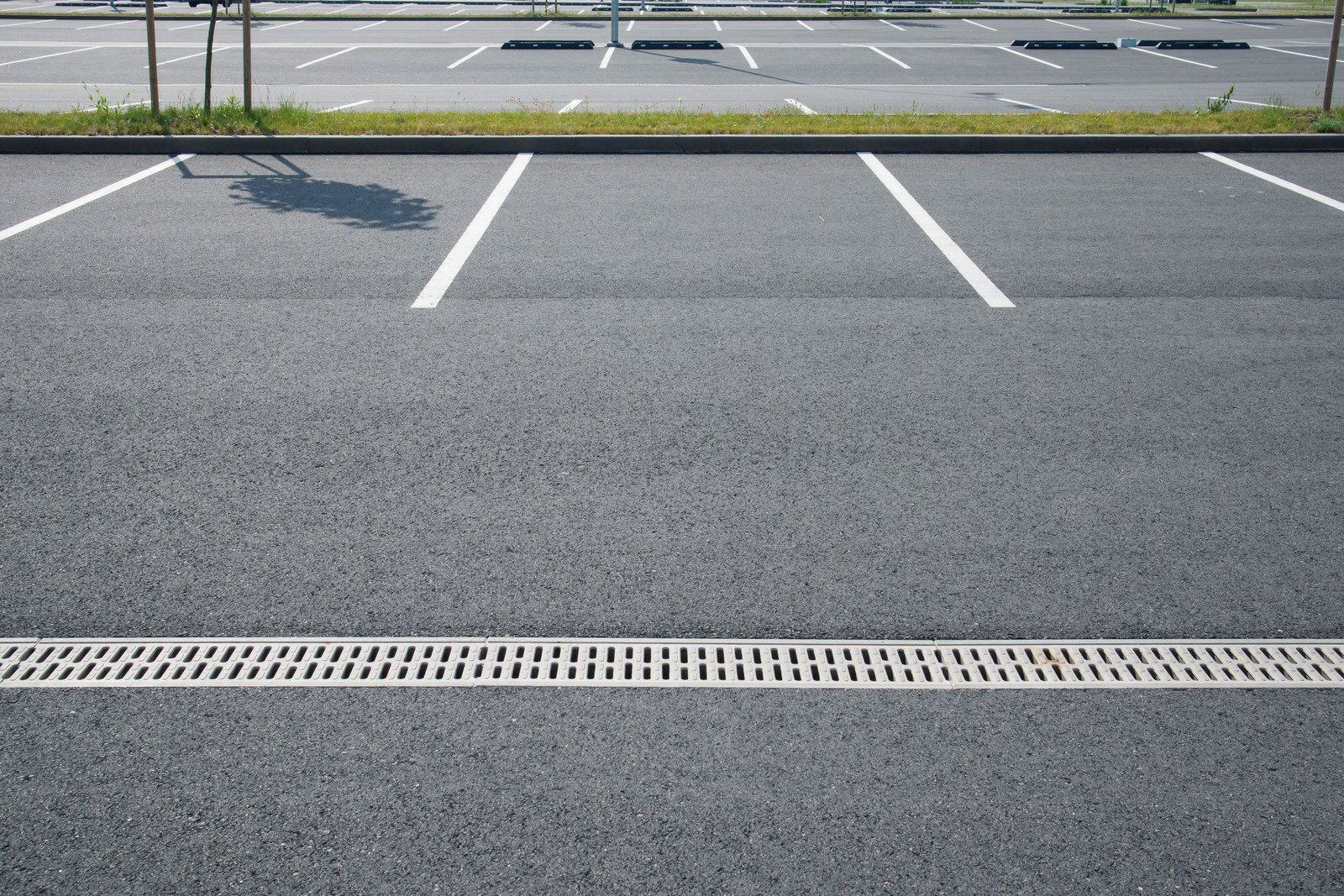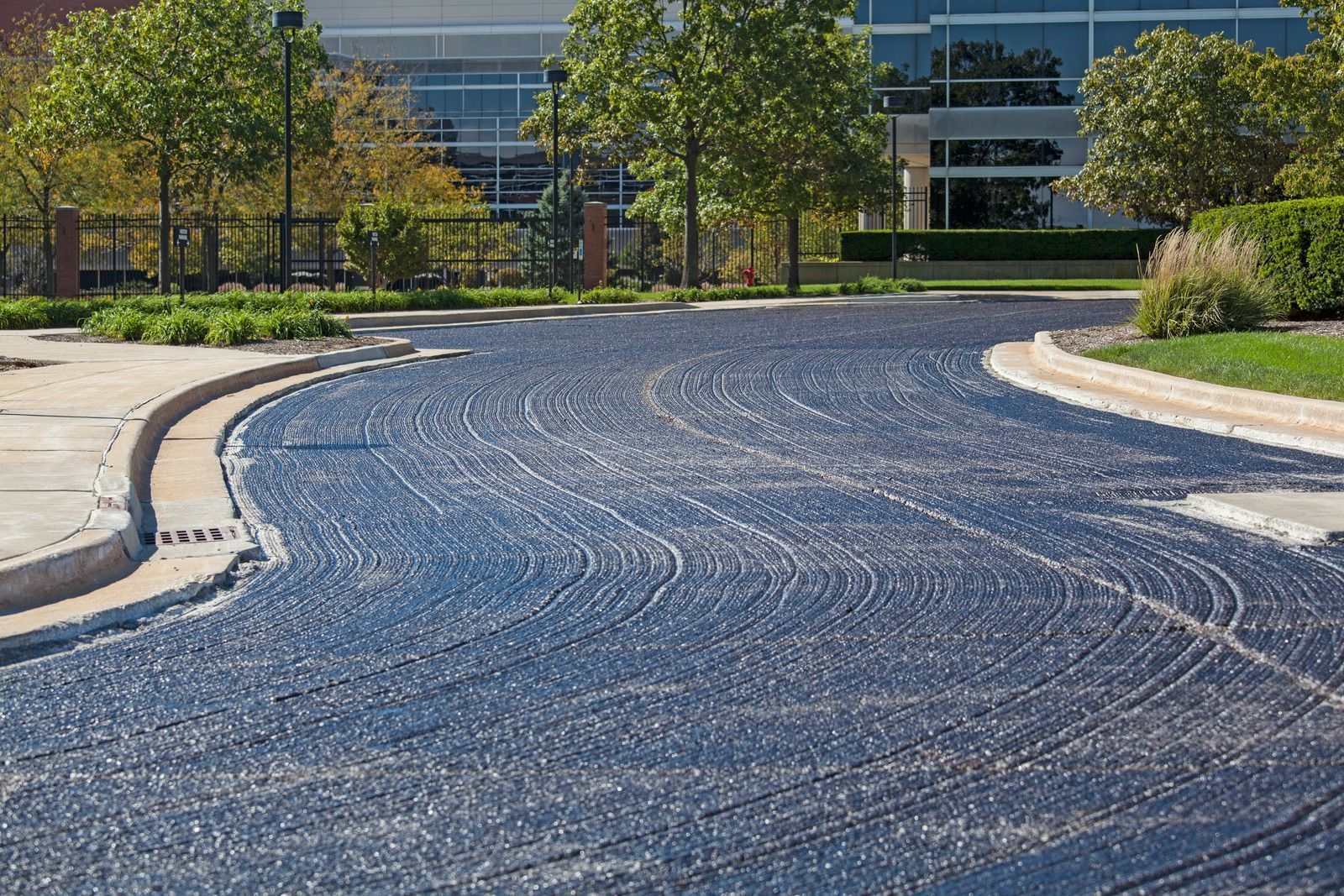What to Expect During a Parking Lot Installation Project
May 10, 2025

A new parking lot installation can significantly boost the functionality, value, and appearance of your commercial property. Whether you're starting from scratch or replacing an old surface, understanding the process ahead of time helps ensure a smooth experience. Here’s a step-by-step breakdown of what to expect during a parking lot installation project.
1. Initial Planning and Site Evaluation
Every successful project begins with a solid plan. During this phase, contractors assess your property to evaluate the soil condition, slope, drainage, and traffic needs. This step helps determine the appropriate design and materials required to meet your long-term goals. Permits and zoning approvals are also obtained during this stage. Site surveys, soil testing, and planning meetings ensure the groundwork is ready before construction begins.
2. Excavation and Grading
Once the design is finalized, excavation begins. This involves removing existing pavement, vegetation, rocks, and debris to prepare the site. Contractors then grade the area to establish proper elevation and water drainage. Proper grading ensures that water flows away from structures and doesn’t pool on the parking surface, which can lead to future damage and safety hazards. This step sets the foundation for a long-lasting parking lot.
3. Sub-base Preparation
The sub-base is one of the most important parts of any parking lot. It provides structural support and prevents shifting or cracking. Contractors lay down a layer of crushed stone or aggregate, which is then compacted using heavy machinery. A well-installed sub-base not only enhances durability but also protects your investment by reducing the risk of costly repairs down the line.
4. Asphalt Installation
With the sub-base in place, it’s time to install the asphalt layers. Hot mix asphalt is poured and spread evenly across the surface, then compacted with a roller to create a smooth, level finish. The thickness of the asphalt depends on traffic volume, with heavier-use lots requiring thicker applications. This phase is where the lot begins to take shape and resemble the finished product.
5. Curing and Striping
After the asphalt is laid, it needs time to cure—typically 24 to 48 hours before any foot or vehicle traffic is allowed. Once cured, professional striping and marking are applied to designate parking spaces, fire lanes, ADA-compliant areas, and directional arrows. Proper striping not only ensures compliance with safety regulations but also improves traffic flow and accessibility within the lot.
6. Final Inspection and Clean-Up
Before the project wraps up, a final inspection is conducted to ensure the parking lot meets all quality, safety, and design standards. Contractors clean the area of debris, equipment, and leftover materials, leaving your property looking clean and professional. At this point, the lot is ready for use and officially handed over to the client.
When it comes to
parking lot installations, partnering with an experienced and reliable contractor makes all the difference. At
Able Asphalt Paving Inc, we bring
15 years of hands-on experience to every project in Jacksonville, North Carolina. From planning to pavement, our team ensures every step is handled with precision and care. If you’re ready to enhance your property with a durable, professional parking lot, contact us today to schedule your consultation.






